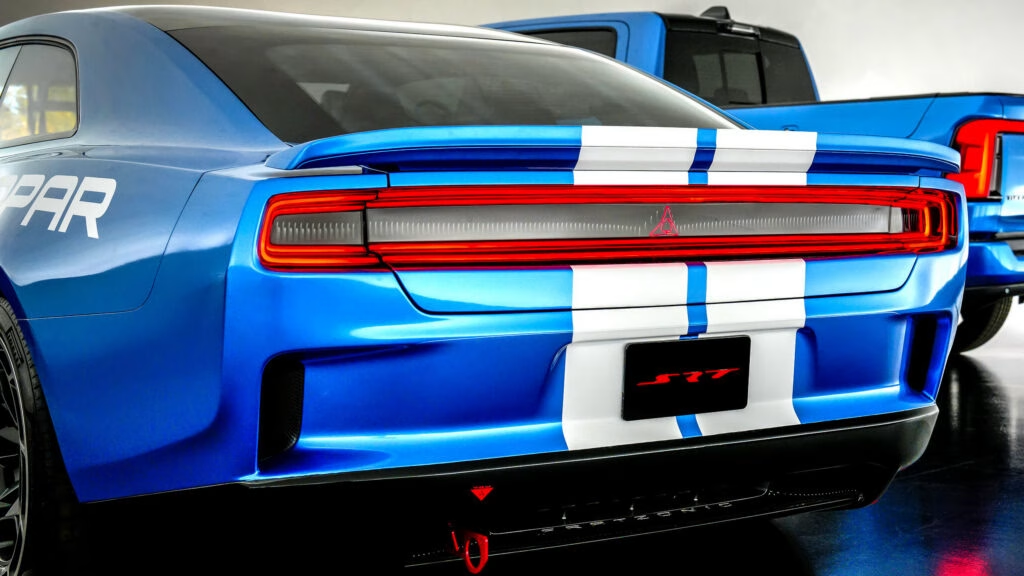Late-night car meet-ups can be a thrilling experience for automotive enthusiasts, but they can also attract unwanted attention from law enforcement. Recently, an unusual incident unfolded in San Francisco that has sparked a lot of discussion and debate. During a gathering of car lovers, police took a bold step by locking over 100 vehicles in a parking lot and conducting thorough inspections. Let’s dive into what happened and the implications of this unexpected police action.
What Happened at the Car Meet-Up?
In the early hours of May 11, 2025, San Francisco police responded to reports of vehicles engaged in illegal sideshow activities. When they arrived at Pier 30, they found more than 200 cars gathered in a fenced lot. Instead of simply dispersing the crowd, officers decided to lock the gates and detain everyone present while they checked each vehicle’s registration and identification against VIN numbers. This move was described by the police as a necessary action to manage what they deemed a sideshow, despite the event taking place on private property.
Attendees of the meet-up had a different story to tell. Many claimed it was simply a cruise that started in Redwood City and ended back in Hayward. They reported that when they arrived, the gates were already open, and it was only after police showed up that they were locked in. This discrepancy raises questions about the nature of the event and the police’s justification for their actions.
Why Did the Police Take Such Drastic Measures?
The San Francisco Police Department stated that they made several announcements for attendees to disperse, but many refused to comply. This prompted them to develop a plan to flush the vehicles from the area. The police spokesperson emphasized that the gathering was not just a casual meet-up but rather a sideshow, which has become a significant concern in urban areas due to safety issues and disruptions.
However, the police’s approach has drawn criticism. Videos from the scene show officers warning attendees that they would be unable to leave until their vehicles were checked. The police even mentioned the use of spike strips for those who attempted to flee. This heavy-handed tactic has led to questions about the legality and ethics of detaining individuals in such a manner.
What Are the Legal Implications?
The legality of the police’s actions is a hot topic. While the police claimed that no subjects were detained, the definition of “detain” in legal terms suggests otherwise. According to legal experts, detaining someone typically involves holding them in custody for a temporary period. Locking individuals in a parking lot while checking their vehicles raises serious Fourth Amendment concerns regarding unlawful detention.
Moreover, the police did not provide clear evidence of any illegal activities occurring during the meet-up. If the police only observed cars parked neatly together, it seems their justification for such a drastic measure could be weak. The lack of clarity around what constitutes a sideshow, especially when the event is on private property, adds another layer of complexity to the situation.
What’s Next for Car Enthusiasts?
Car enthusiasts often gather to share their passion, and while some events can escalate into dangerous situations, many are simply about community and camaraderie. The San Francisco incident highlights the need for a balanced approach to policing such gatherings. Open dialogue between law enforcement and car clubs could foster a safer environment for everyone involved.
As the dust settles from this incident, it’s crucial for both police and car enthusiasts to reflect on how to move forward. Clear communication and understanding can help prevent misunderstandings and ensure that gatherings remain enjoyable and safe for all.
The big takeaway? This incident isn’t about perfection—it’s about smarter adjustments. Whether you’re a car enthusiast or a member of law enforcement, finding common ground can lead to better experiences in the future. Start with one change this week, and you’ll likely spot the difference by month’s end.

